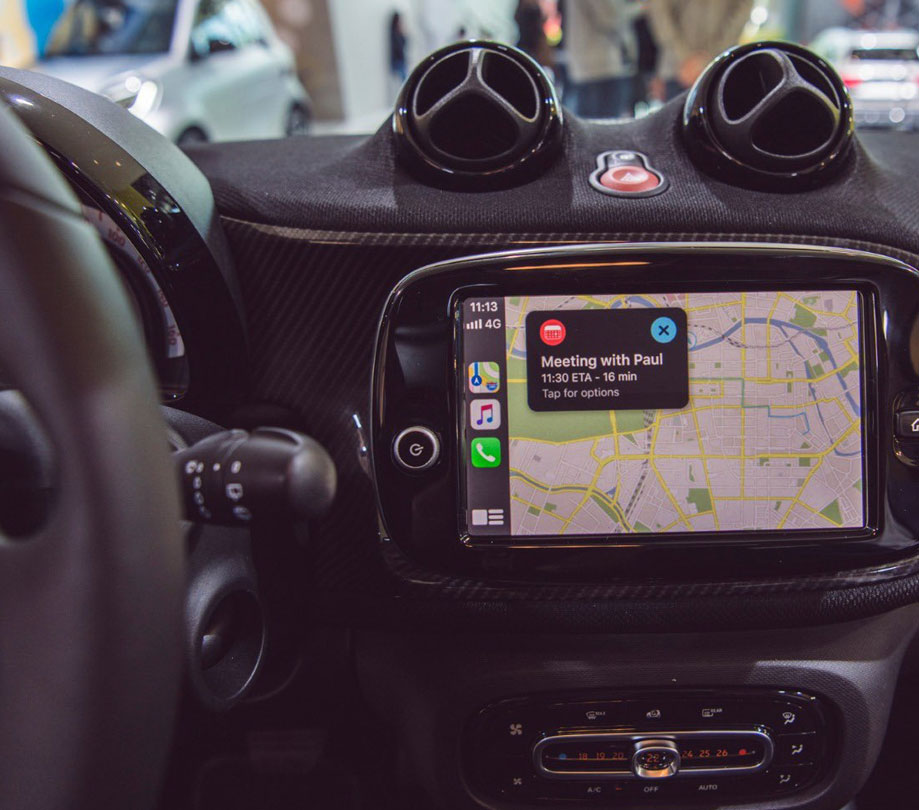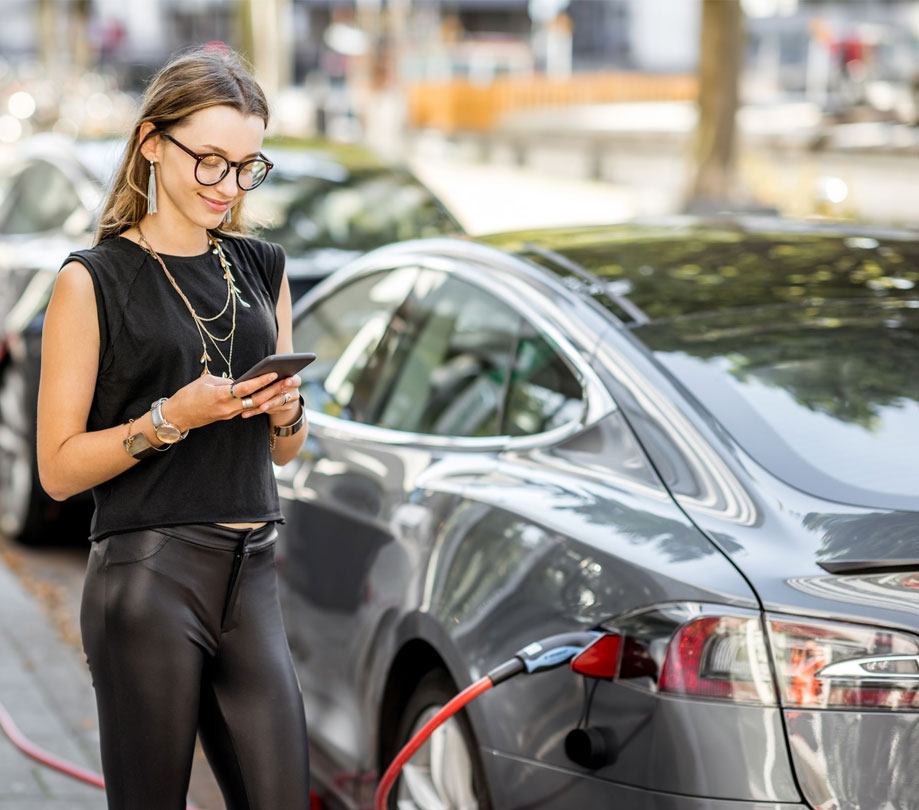How developers can help EV drivers
Friday, September 13, 2019

|
Julija Babre |
The number of Electric Vehicles (EVs) on the road increases every year. Now that drivers are considering the switch to EVs, some common questions arise, and apps optimized for EV drivers are a big opportunity for developers.
The number of Electric Vehicles (EVs) on the road increases every year. In fact, the International Energy Agency estimates that 1.98 million EVs were sold worldwide in 2018, bringing total EVs sold to 5.12 million. Sales of EVs also increased by 64 percent from 2017 to 2018.
Apart from being more present on the roads, EVs are also becoming more affordable. Bloomberg New Energy Finance forecasts that electric cars will be as affordable as combustion-powered vehicles in the next six years, even without subsidies or incentives.
Now that drivers are considering the switch to electric, some common questions arise: is EV range sufficient to get to my destination? Is the charging infrastructure developed enough?
In much of the U.S. and Europe, the answer is yes. According to MIT research, the range of today's EVs covers 87 percent of average user trips. At the same time, charging infrastructure has evolved quickly, supported by many government programs worldwide.
For example, the state of California has an ambitious goal of having 1.5 million zero-emission vehicles (ZEV) on the road by 2025 and 5 million by 2030, with an associated infrastructure goal of 250,000 ZEV chargers by 2025.
Although conditions seem optimal for EV adoption to take off, the adoption rate remains relatively low currently. One reason for this is the psychological barrier of range anxiety, the fear of being stranded on the roadside when the EV battery runs out without a nearby charging station. EV-specific routing and access to charging infrastructure are two of the many ways location technology can help developers alleviate range anxiety for drivers and increase the adoption of EVs around the world.
-Electric-Vehicle-Drivers_qvoo76bd.jpg)
How Developers can help (EV) Electric Vehicle Drivers
Many drivers depend on mapping and routing applications to find locations such as restaurants, stores, or their friend's new house. They expect these applications to offer optimal routing for speed and safety. Adoption of EVs creates both a routing challenge for drivers and an opportunity for developers.
EV drivers have unique needs with regard to mapping and routing applications, such as routing applications that consider a vehicle's changing behavior, maximizing a single battery charge, finding EV charging stations on any route and knowledge of a vehicle's range to determine when drivers need to charge.
Many mapping applications don't always answer these EV-specific needs. Consequently, this presents developers with a massive opportunity to build mapping and routing applications specifically for EV drivers. Further, developers need to have easy access to the right tools to build these unique applications.
While driving, one of the most common things an EV driver wants to know is whether there are any charging stations nearby or on their way that is both compatible with the driver's vehicle and not in use. This information provides peace of mind for EV drivers who may want to use their electric car for longer trips.
Today, developers have the opportunity to add this to any app they are building for EV drivers. If drivers can’t get this information from your app, they'll have to get it somewhere else and may stop using your app entirely.
What Developers Need to Build for EV Drivers
Creating applications tuned to the needs of EV drivers requires lots of data, not just the charging station locations, but also the availability of chargers updated dynamically in real-time. The limited number of charging connectors at a location coupled with the length of time the charging point is in use (minimally 30 minutes, but possibly far longer) makes this information critical. The driver wants to know whether they can charge the EV right now.
Keeping this information up-to-date requires periodic updates of source data and the ability to incorporate the estimated time of arrival (ETA) into the calculation. Other information, such as operating hours and plug types, is also necessary. All of this information must be maintained and structured to answer driver queries rapidly and accurately.

Next Stop: Building Apps for EV Drivers
Developers can be at the forefront of the evolution into EVs by creating applications that give EV drivers confidence to take long trips without feeling any range anxiety. By considering the characteristics of the driver's vehicle, the availability of compatible charging stations en route, and the energy requirements of all potential routes, new applications can take the worry out of long-range EV journeys. And ultimately, to build a reliable route planner that fits EV drivers' needs, developers must use location technology that can deliver apps that EV drivers will love and use every day.
This content is made possible by a guest author, or sponsor; it is not written by and does not necessarily reflect the views of App Developer Magazine's editorial staff.

Become a subscriber of App Developer Magazine for just $5.99 a month and take advantage of all these perks.
MEMBERS GET ACCESS TO
- - Exclusive content from leaders in the industry
- - Q&A articles from industry leaders
- - Tips and tricks from the most successful developers weekly
- - Monthly issues, including all 90+ back-issues since 2012
- - Event discounts and early-bird signups
- - Gain insight from top achievers in the app store
- - Learn what tools to use, what SDK's to use, and more
Subscribe here

_r2f0ox12.jpg&width=800)










